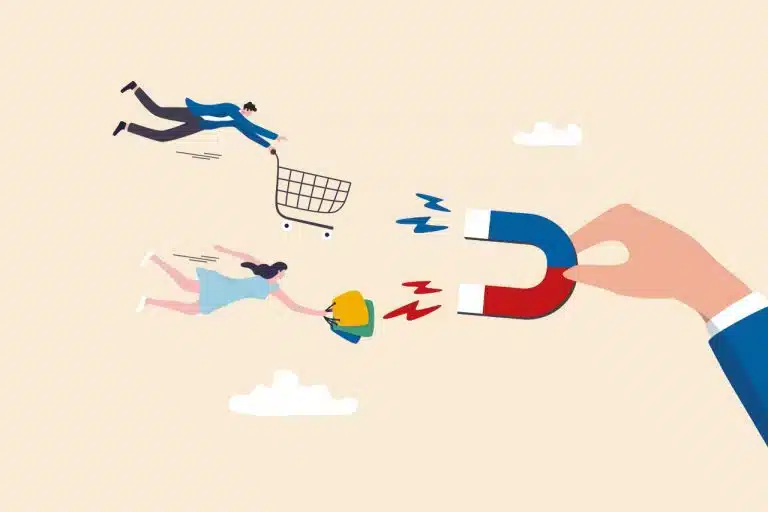Customer retention as a lever for maximizing CLV
Studies show that the cost of acquiring a new customer is often five to seven times higher than the cost of retaining an existing customer.
This ratio illustrates how valuable it is for companies to retain their existing customers in the long term.
Strong customer loyalty has a direct positive effect on CLV:
Satisfied customers buy more frequently, remain loyal for longer and make purchases with a higher average order value.
Companies that actively invest in measures to strengthen customer loyalty can significantly reduce their churn rates.
At the same time, existing customers are more likely to recommend the company to others, which can also generate new customers in a cost-effective way.
Customer loyalty: More than a “soft” goal
Customer loyalty is often associated with emotional factors such as trust and satisfaction.
However, the financial impact is just as important.
A high CLV clearly shows that customer loyalty is not a purely qualitative objective, but has directly measurable effects on the company’s success.

Companies that use personalized service, loyalty programs or exclusive offers, for example, not only create a strong bond with their customers, but also increase their value at the same time.
Such measures promote a long-term relationship that pays off in recurring purchases and higher profitability.
CLV and customer loyalty: a reciprocal relationship
The relationship between CLV and customer loyalty is reciprocal.
Increased CLV motivates companies to continue investing in retaining their customers, be it through optimized customer services, targeted marketing campaigns or innovative products.
At the same time, strong customer loyalty leads to a higher CLV, as satisfied customers tend to buy more and are less likely to churn.

Conclusion
Customer lifetime value and customer loyalty are inextricably linked.
Companies that understand the importance of CLV and focus on strong customer loyalty not only secure financial benefits in the long term, but also a competitive advantage in their industry.
The CLV makes it clear that customer loyalty is not an isolated measure, but a decisive lever for sustainable corporate success.
Investments in customer loyalty pay off – in the form of loyal customers who return again and again and enthusiastically recommend the company to others.



